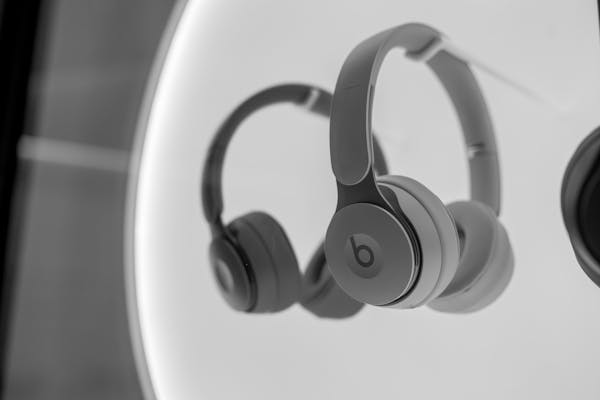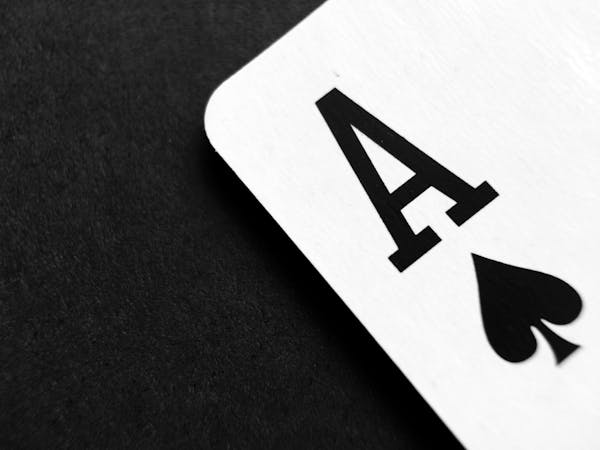The Birth of Beats by Dre: From Studio to Street
It’s 2006. In the glitzy world of hip-hop, Dr. Dre, the genius producer behind hits by Eminem, Snoop Dogg, and 50 Cent, is frustrated. The crisp, intricate sound he crafts in his state-of-the-art studio gets lost when it reaches listeners through their cheap earbuds and underwhelming speakers. Why? Because the sound sucks. Enter Jimmy Iovine, the co-founder of Interscope Records and a music industry heavyweight. Together, they hatch an idea that will revolutionize the way people experience music.

They want to create headphones that deliver studio-quality sound to the masses. But they don’t want to just build any old headphones. No—these headphones need to look cool . They need to be bold . They need to speak to the culture . And so, Beats by Dre was born.
The concept? Simple but powerful: High-end sound for music lovers , wrapped in a sleek, stylish design that people would want to wear as much as they want to listen to. But they didn’t stop there. The plan was to turn these headphones into a fashion statement , the kind of tech that would define a generation .
The Beats Revolution: Dropping the Mic in 2008

Fast forward to 2008. Beats by Dre hits the market with a loud bang. The first product, the Beats Studio headphones , don’t just deliver deep bass—they announce themselves . From the moment you slip them on, you feel like you’ve just been handed the keys to the VIP section of the music world. Suddenly, your favorite tracks come to life in a way they’ve never done before.
What made Beats stand out wasn’t just their sound quality, though. It was the way they were marketed. Think: LeBron James wearing them courtside at the NBA finals. Kanye West rocking them at the MTV Music Video Awards. Lady Gaga debuting a custom pair. Beats wasn’t just selling headphones—they were selling a lifestyle , a cultural movement , a symbol of success, creativity, and rebellion. And, of course, Dr. Dre was the ultimate icon to lead the charge
The Celebrity Effect: Beats Becomes a Status Symbol

Beats became THE accessory . The must-have item . These weren’t just headphones; they were a badge of honor for music lovers, fashion enthusiasts, and sports stars alike. It wasn’t just about sound anymore; it was about being seen . And the world was watching.
One iconic moment? When Dre and Iovine appeared in a 2012 Super Bowl ad featuring the tagline “ Hear what you want to hear ,” a message that resonated with anyone who knew that the right pair of headphones could transform an average song into something magical . Beats was now synonymous with pop culture , and it wasn’t just for audiophiles anymore. It was for everyone. Everyone wanted in. And this isn’t even mentioning the massive endorsement deals with athletes like Drake , LeBron , and even Serena Williams , making Beats by Dre a status symbol . You weren't just buying headphones; you were buying into a soundtrack for your life .
From Beats to Apple: Innovation Meets Legacy

When Apple took over, some feared that Beats would lose its edge, its “street cred” if you will. But what happened instead was pure synergy . Apple maintained the Beats brand , but merged it with its own innovation and ecosystem. The first big move? The Beats by Dre product lineup integrated Apple’s W1 chip (later evolving to the H1 chip ), making pairing with Apple devices incredibly easy and seamless. Apple’s design chops brought better battery life and connectivity, while Beats maintained its iconic bass-heavy sound that made it stand out in a sea of competitors. Beats wasn’t just about bass anymore. The company started innovating —rolling out Powerbeats Pro (wireless earbuds for athletes) and Beats Studio3 Wireless (with active noise-cancellation). It was clear: Beats was here to stay, and it was only getting better .
The Beats Era Today: Cultural Powerhouse Meets Tech Giant
Today, Beats continues to rule the headphone game. It’s not just a product—it’s a cultural force . From the streets to the gym, Beats has become synonymous with high-quality sound and iconic style . The line of Beats Fit Pro , designed for fitness enthusiasts, shows the brand’s evolution from music gear to complete lifestyle tech . And Beats doesn’t just sell headphones anymore. The brand has become interwoven into the Apple ecosystem , with smart features like spatial audio , active noise cancellation , and the integration of Siri , making them more than just an accessory—they’re a key piece of the modern tech lifestyle . Fun fact : Did you know that Beats headphones are now more than just something you wear on your head? They’re used as official audio equipment for global events like the Olympics and major music festivals . Talk about cultural domination!
The Legacy of Beats: More Than Just Headphones
Beats by Dre isn’t just about headphones anymore; it’s about something much bigger— music , innovation , and identity . It’s about feeling the power of sound , but also about being part of something bigger . Dr. Dre and Jimmy Iovine set out to create something that would change the way people experienced music —and they did just that. The story of Beats by Dre is the story of cultural innovation , of a product that began with sound but grew to represent something more. A brand that transformed the tech industry, blended with pop culture, and left a lasting impact on how we listen to music . From the streets of hip-hop to the boardrooms of Silicon Valley, Beats has truly proven that it’s not just about what you hear—it’s about how you feel, how you connect, and how you live your life to the beat of your own drum .
